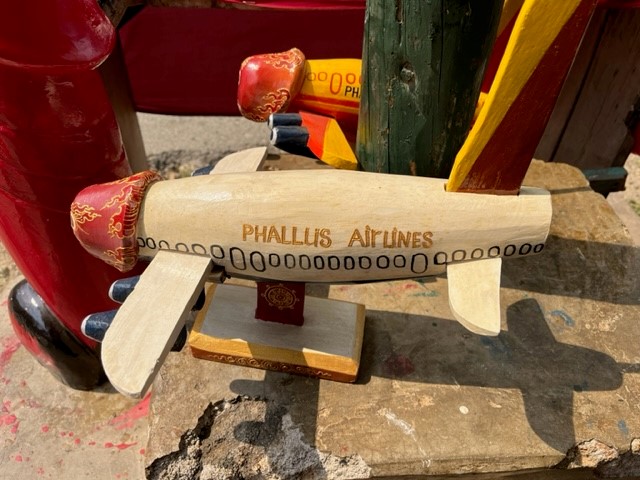
Bhutan’s International Airport is in a valley, about an hour’s drive from the capital. It’s probably the only place they could find enough flat land to build a runway that takes big planes. During the descent, I was brought back to the time I ‘piloted’ a 747 into the old Hong Kong airport. Then, planes had to land between towering apartment buildings. So close, when I flew into it in real life, I could see the washing on the balconies. They do put washing on the lines in the simulator too. But flying into Bhutan’s international airport, those are Himalayan mountains on each side. I wondered how many extra ratings courses the pilots must undergo to fly the route.
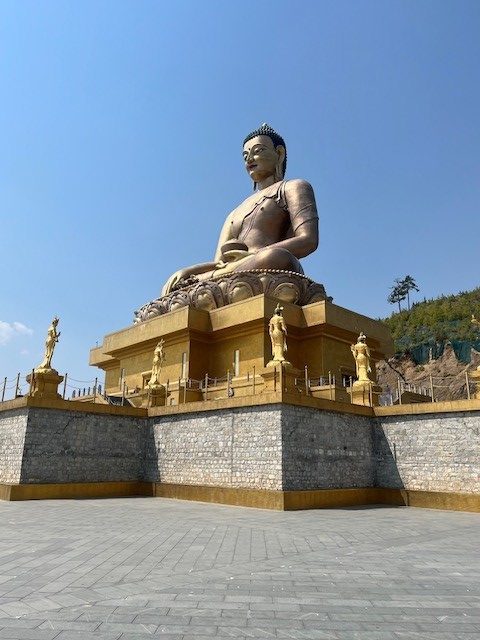
Along the 38 or so kilometres between airport and capital are signs. Black on yellow. One admonished ‘Do not use your mobile phone when driving.’ We could benefit in Australia from having a few more of those. And in the six days we were with him, our driver Dandin didn’t once answer his phone while driving.
More signs: ‘No overspeeding’.
‘Observe lane discipline’.
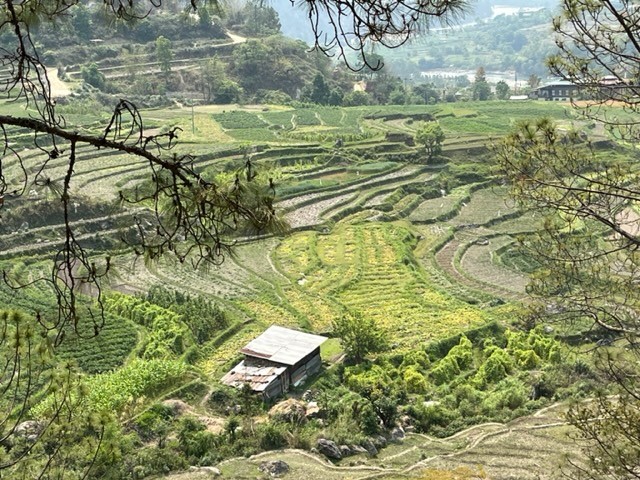
‘Be predicable on the road’.
‘Don’t drink and drive’.
There are many other things to love about Bhutan. There’s almost no advertising beyond telling you what the name of the shop is and perhaps give a general idea what it sells – some are even called General Shop. There are no overwhelming ads assuring me that Apple is my trusted brand and virtually no neon except for establishments that you might otherwise miss in the darkness and/or snow.
But in April the days are warmer than we expected and our layers went ignored. Pelden, our guide, said it wasn’t like that before climate change. At one hotel we kept having to turn the heating down because the staff were convinced the climate was still as cold in the afternoon as it probably was last in 1994.
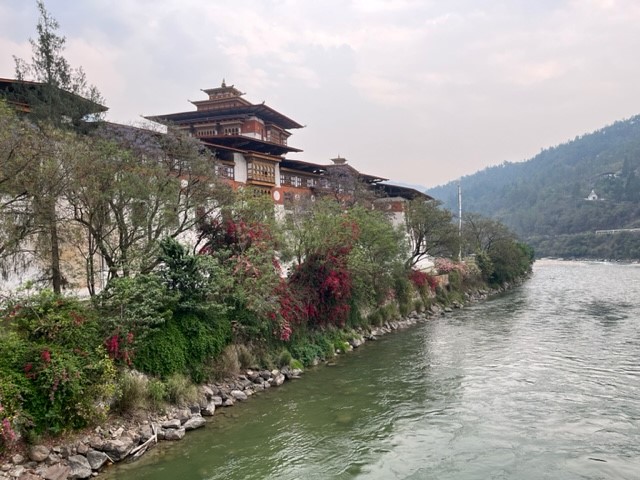
We passed a sign advising that the next left would take us to the Bhutan Institute of Well-Being’. At home, of course, we’re more used to being advised that the next left will take us to your favourite burger joint.
You might have heard that in a blindingly refreshing initiative introduced in 1972 by the Fourth King (after the monarchy was established), the measure Gross National Happiness (GNH) replaced Gross Domestic Product (GDP). Neat huh?!
‘Be patient on the road’. An especially valuable sign in a land of steep and winding roads coupled with relatively low numbers when it comes to horse power. There’s another sign for that: ‘No hurry, no worry’. What’s not to love?
I did look at our guide and driver in the front two seats of our golden-hued van and wished for a sign that says ‘Don’t forget your seat belts’. The adjacent slope was a looong way down.
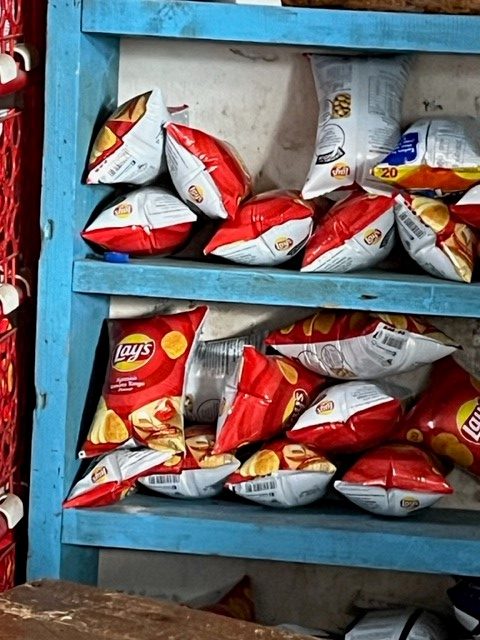
‘Be courteous to other road users,’ which can include cows of course. And the occasional cyclist, we noted with alarm, until Pelden told us he was a former national cycling champ. And he’s still with us, right?
‘LONG LIVE YOUR MAJESTY’. Along the bottom of a truck’s front windscreen. The royals are phenomenally popular. Indeed, when I heard a bit about the King’s works, I was tempted to become a monarchist. Totally absent seem the self-destructive and self-absorbed actions common to, for example, the Windsors.
There are no traffic lights in Bhutan. My cousin – or perhaps it was my brother – was quick to quip that that must contribute to the GNH, not having traffic lights.
Another thing that probably contributes is the constitutionally enshrined provision of ‘free access to basic public health services in both modern and traditional medicines.’
There is a town dedicated to fertility. Now, the places and deities I have come across travelling the world whose primary concern is fertility are overwhelmingly female. Not so in Bhutan where you can see a proudly erect penis stencilled on the outside wall of a domestic residence. In Punaka (or near Punaka, I never quite got where district and town boundaries lie in Bhutan) you can buy penises of every conceivable size, though I saw not one that was flaccid but I guess that would defeat the purpose of a fertility symbol. Words kinda failed me, so I took plenty of pics.
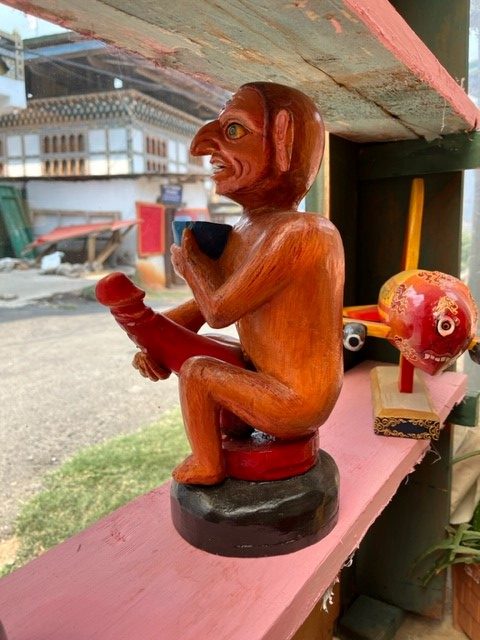
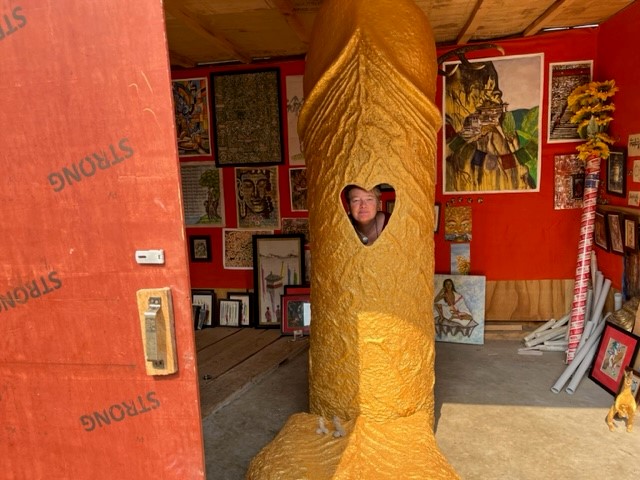
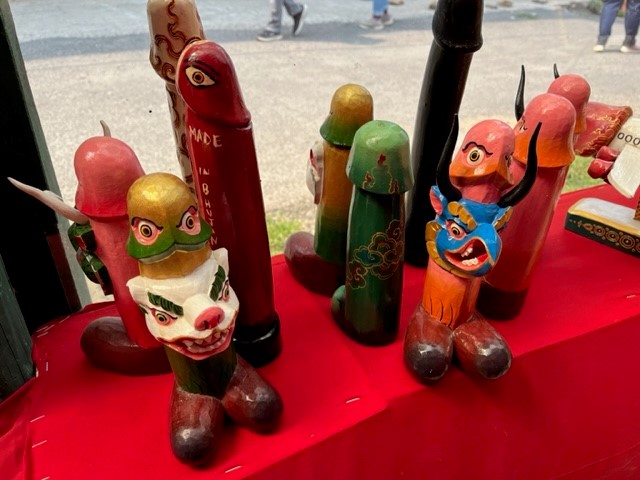
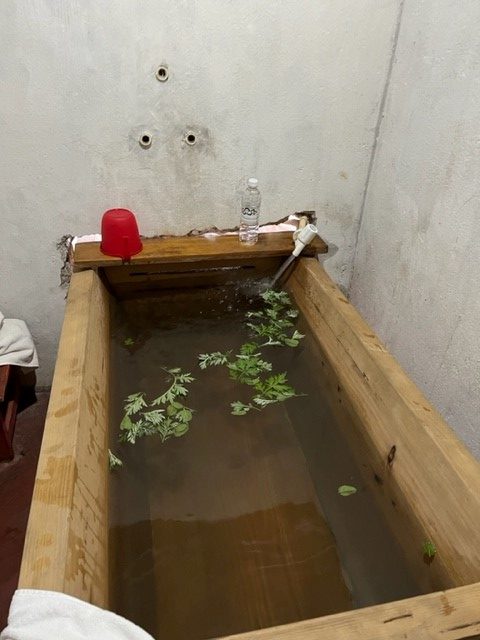
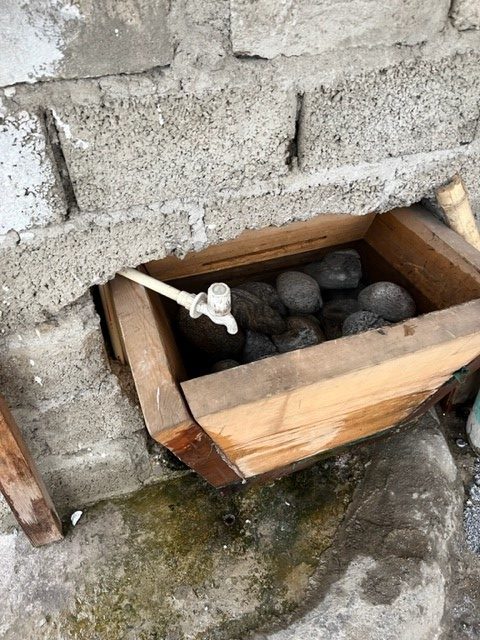
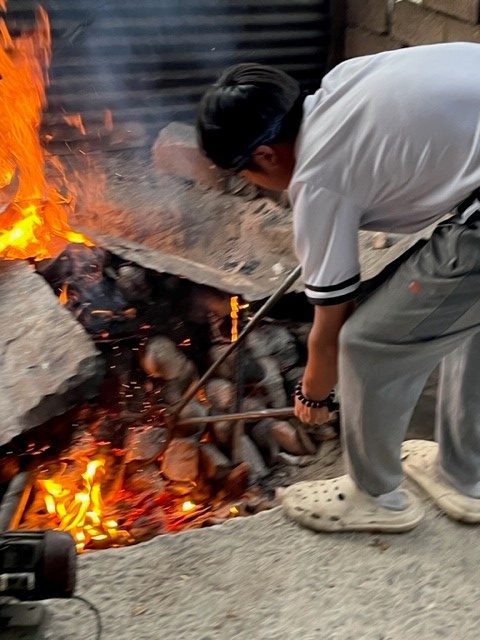
I tried a hot stone bath which was, well, hot!
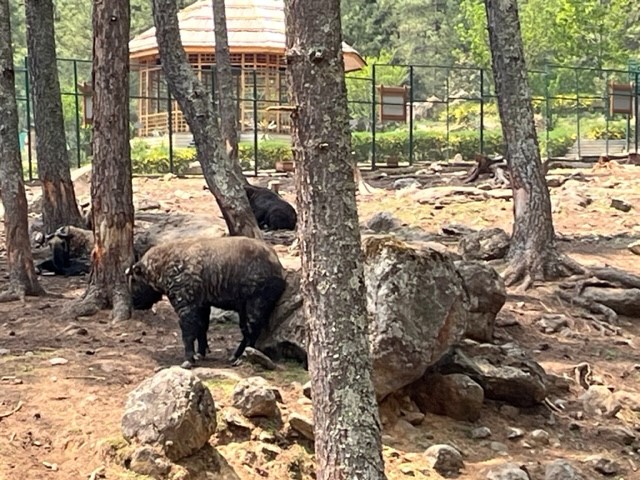
The national animal was reputedly created by a Llama (as in the Buddhist kind of Llama) ‘affectionally known as the “Divine Madman”’. The takin is a cross between a cow and a goat. As I said, what’s not to love?
I’d also have appreciated reading a study on the impact on GNH of Bhutan in the years since television was introduced (at the same time as the internet) in 1998. Surely someone must have examined it.
More on Bhutan soon.
